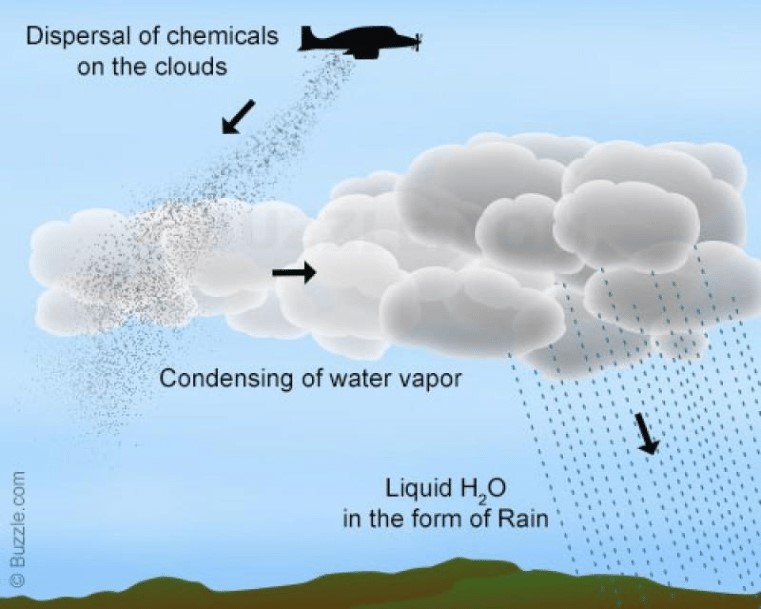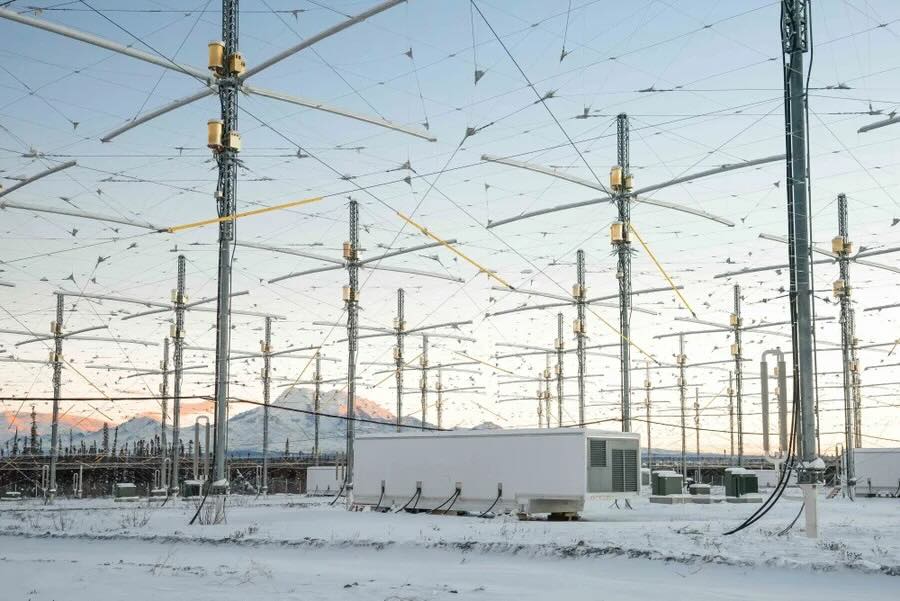Weather modification, a concept once considered science fiction, has become a reality in recent years with advancements in technology and meteorology. In this blog post, we will look at weather control methods, the ethical considerations surrounding them, and their possible impacts on our lives.
Weather Modification Techniques
Weather modification means changing the weather on purpose to achieve specific outcomes. This can include attempts to alter precipitation processes, stop hail, or mitigate the damage from storms and hurricanes. Here are some examples of weather modification programs:
| Method | Purpose |
|---|---|
| Cloud seeding | Cause precipitation (artificial rain) |
| Ionospheric heaters | Change temperature patterns |
| Fog dispersal | Clear dense fog at airports |
| Hail suppression | Reduce the size of hailstones |
Cloud Seeding
 Source: Helal Almansoori
Source: Helal Almansoori
Cloud seeding is one of the most popular weather modification methods. It means seeding materials like silver iodide into clouds to make them rain. This method tries to increase precipitation in places that are dry or need water.
Aircraft or ground-based generators disperse seeding agents into clouds, where they act as nuclei for the condensation of water vapor. The increased presence of ice crystals or raindrops can lead to enhanced rainfall. Scientists in Dubai are trying out drones with strong lasers to zap clouds and make raindrops stick together and drop as rain.
Ionospheric Heaters
 Source: Jessica Matthews UAF
Source: Jessica Matthews UAF
Ionospheric heaters, like the High-Frequency Active Auroral Research Program (HAARP) in Alaska, are facilities that emit high-frequency radio waves into the ionosphere. This can influence the electrical properties of the ionosphere and potentially impact temperature patterns.
Ionospheric heaters typically consist of arrays of antennas that emit radio frequency energy. By modulating the frequency and intensity of the waves, scientists can study and potentially manipulate the ionosphere, affecting local meteorological patterns.
Fog Dispersal
Fog dispersal techniques are employed to prevent dense fog formation at airports or other critical transportation hubs. This is done by introducing substances that alter the physical properties of water droplets in fog, causing them to dissipate.
Ground-based dispensing systems release hygroscopic materials, like calcium chloride or potassium hydroxide, into foggy areas. These materials absorb moisture from the air, reducing the size of water droplets and clearing the fog.
Hail Suppression
 Source: CBC
Source: CBC
Hail suppression techniques aim to reduce the size of hailstones during severe weather events, minimizing damage to crops and property. This involves introducing substances that interfere with the normal growth of hailstones.
Aircraft equipped with dispensing systems spray aerosol, such as silver iodide or calcium chloride, into developing hailstorms. This disrupts the growth of hailstones, leading to smaller and less damaging hail.
Weather Modification: Ethical Concerns
Each weather manipulation method has its own set of ethical issues and potential consequences. Balancing the benefits and risks of these techniques is essential for responsible use and avoiding undesirable consequences.
Playing with Nature: Humans as “Gods”
One of the primary ethical concerns surrounding weather modification revolves around the idea of humans playing the role of “gods” in the natural world. Changing the natural weather patterns, which have been working well for a long time, raises questions about the ethics of human intervention in these delicate systems. Critics argue that such interventions may disrupt ecological balances and cause irreparable harm to ecosystems.
Unequal Distribution of Benefits and Harms
Another ethical consideration in weather modification is the potential for unequal distribution of benefits and harms. If a particular region or country can control or modify weather, it may lead to imbalances in terms of agricultural productivity, water resources, and overall economic development. Changing the weather in one place or country can make things unfair for farming, water, and money. This makes us wonder if it is right or wrong for the entire world, as some countries may gain more from these changes while others may suffer more.
Environmental Impacts and Long-Term Sustainability
Ethical considerations extend to the environmental impact of weather modification efforts. For example, cloud seeding experiments may disrupt the ozone layer and thus contribute to climate change. Additionally, altering natural processes may have long-term consequences for air and water quality, biodiversity, and overall ecosystem health. The question of whether the potential short-term benefits justify the potential long-term environmental costs is a critical dilemma that requires careful consideration.
Conclusion
To sum up, the most common weather modification methods are:
- Cloud seeding
- Ionospheric heaters
- Fog dispersal
- Hail suppression
The ethics of weather modification demand careful examination. Balancing the potential benefits of controlling weather systems with the inherent risks is a complex task requiring thoughtful dialogue and international cooperation.






